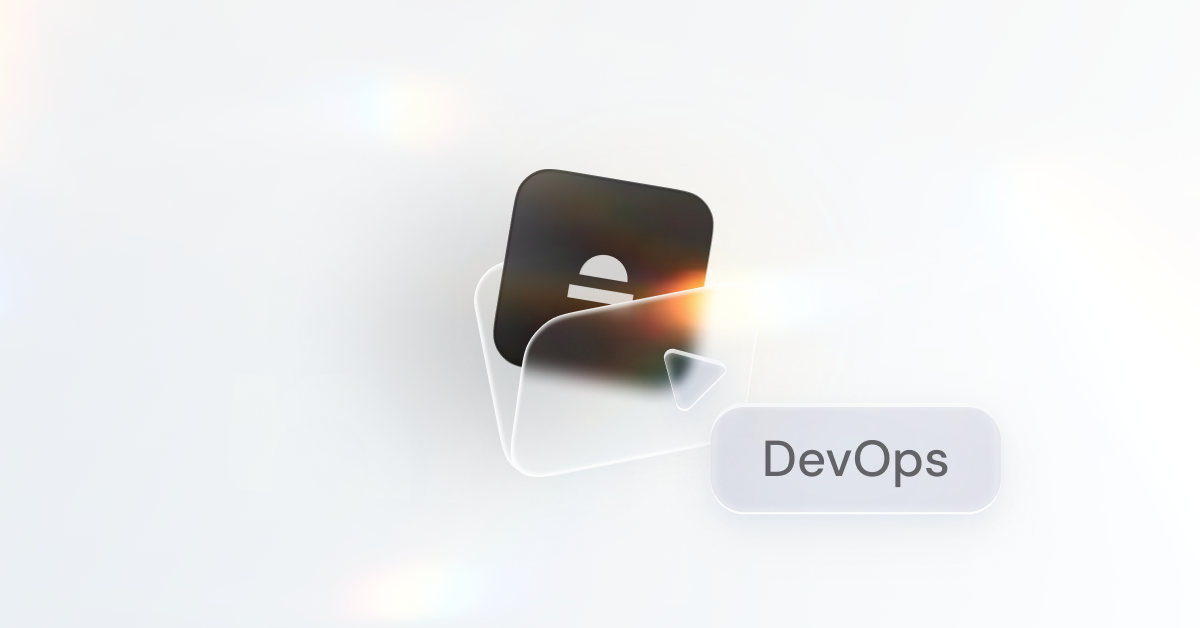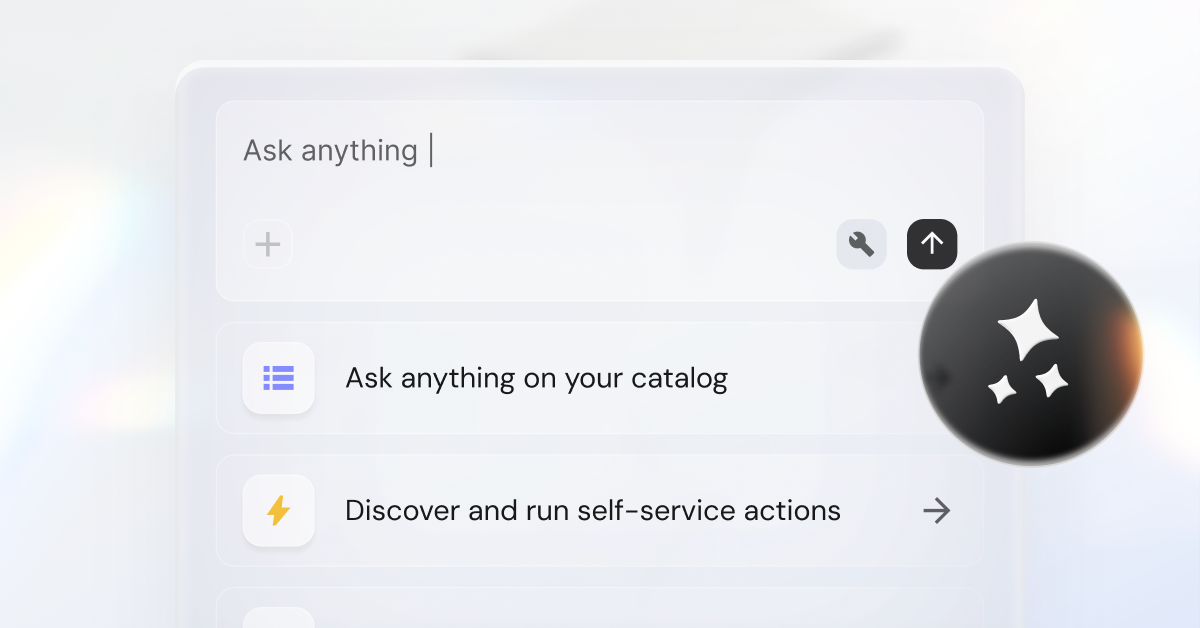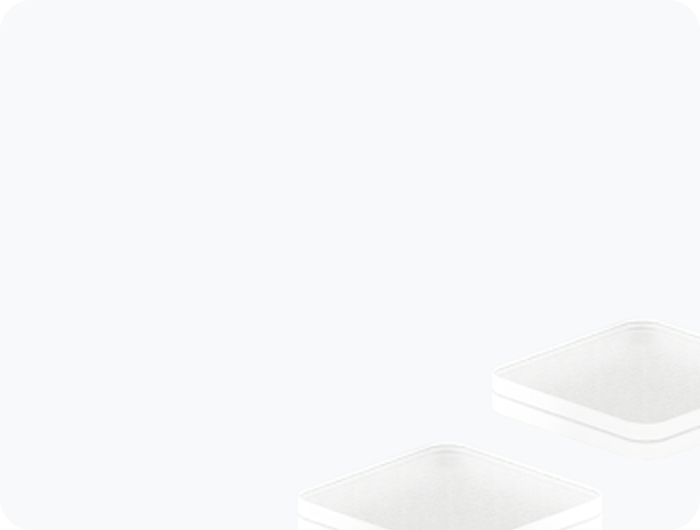Announcing Port’s new GCP integration



Why we created the GCP integration
We're excited to announce our new GCP integration, which replaces the previous GCP exporter. Our goal is to integrate live cloud resource data into the software catalog, displaying both metadata and runtime data in context, making the lives of developers and DevOps teams easier. By operating at the organization level rather than the project level, the integration makes it easier to manage multiple projects.
How does it work?
Port’s GCP integration is based on our Ocean extensibility framework and uses GCP asset inventory, a metadata inventory service that lets you view, monitor, and analyze all your Google Cloud assets across projects and services.
This integration allows us to:
- Map all the resources in your Google Cloud projects, including container clusters, cloud run services, BigQuery tables, compute engine Autoscaler and other GCP objects, along with their state.
- Filter the projects in your Google Cloud organization that will be accessed by the integration.
- View Google Cloud object changes (create/update/delete) in real-time, and automatically apply the changes to your software catalog entities in Port.
- Use relations to create complete, easily digestible views of your Google Cloud infrastructure inside Port.
Working with the GCP integration
Just like other Port integrations, such as the AWS integration or our GitHub integration, you can use the GCP integration to take cloud data from your GCP organization and insert it into the software catalog. This includes Projects, Storage Buckets, Service Accounts, Memory Stores, Compute Instances, Container Clusters and essentially anything GCP. Port supports the supported resource types in GCP, giving you the ability to create the right abstractions and views in Port, by developers, teams and more. Seeing your GCP accounts in the Software Catalog lets you tie cloud resources to services, alerts, FinOps and anything else in Port.

The way this works in Port is by defining blueprints. Blueprints are where you define entities in the software catalog, essentially allowing you to define the data model for a certain type of entity in your software catalog and its relations to other entities. As such, Blueprints are the main building block in Port since they create the software catalog. Once a Blueprint is populated with data (in this case, using GCP asset inventory), it creates Software Catalog entities (using the Ocean framework). Blueprints support the representation of any asset in Port, and in the case of the GCP integrations, the following Blueprints are automatically created: Project, Container Cluster, Cloud Function, PubSub Topic. In addition, a general “Cloud Resource” Blueprint is also created that pulls all generic GCP metadata. Using a generic “Cloud Resource” Blueprint allows you to gather all cloud resources under one Blueprint instead of creating a different Blueprint per cloud resource. It makes it easier to create self-service actions, and also eases the mapping process.
The list of Blueprints isn’t closed and you can create a Blueprint to represent any GCP resource.
This shows a Project Blueprint and its related entities. First, we’ll see the relevant Blueprints, and then the related entities:


Some more information about the GCP integration
Want to know more? Check our docs.
Get your survey template today
Download your survey template today
Free Roadmap planner for Platform Engineering teams
Set Clear Goals for Your Portal
Define Features and Milestones
Stay Aligned and Keep Moving Forward
Create your Roadmap
Free RFP template for Internal Developer Portal
Creating an RFP for an internal developer portal doesn’t have to be complex. Our template gives you a streamlined path to start strong and ensure you’re covering all the key details.
Get the RFP template
Leverage AI to generate optimized JQ commands
test them in real-time, and refine your approach instantly. This powerful tool lets you experiment, troubleshoot, and fine-tune your queries—taking your development workflow to the next level.
Explore now
Check out Port's pre-populated demo and see what it's all about.
No email required
.png)
Check out the 2025 State of Internal Developer Portals report
No email required
Minimize engineering chaos. Port serves as one central platform for all your needs.
Act on every part of your SDLC in Port.
Your team needs the right info at the right time. With Port's software catalog, they'll have it.
Learn more about Port's agentic engineering platform
Read the launch blog
Contact sales for a technical walkthrough of Port
Every team is different. Port lets you design a developer experience that truly fits your org.
As your org grows, so does complexity. Port scales your catalog, orchestration, and workflows seamlessly.

Book a demo right now to check out Port's developer portal yourself

Apply to join the Beta for Port's new Backstage plugin
Further reading:

Learn more about Port’s Backstage plugin
















.png)

